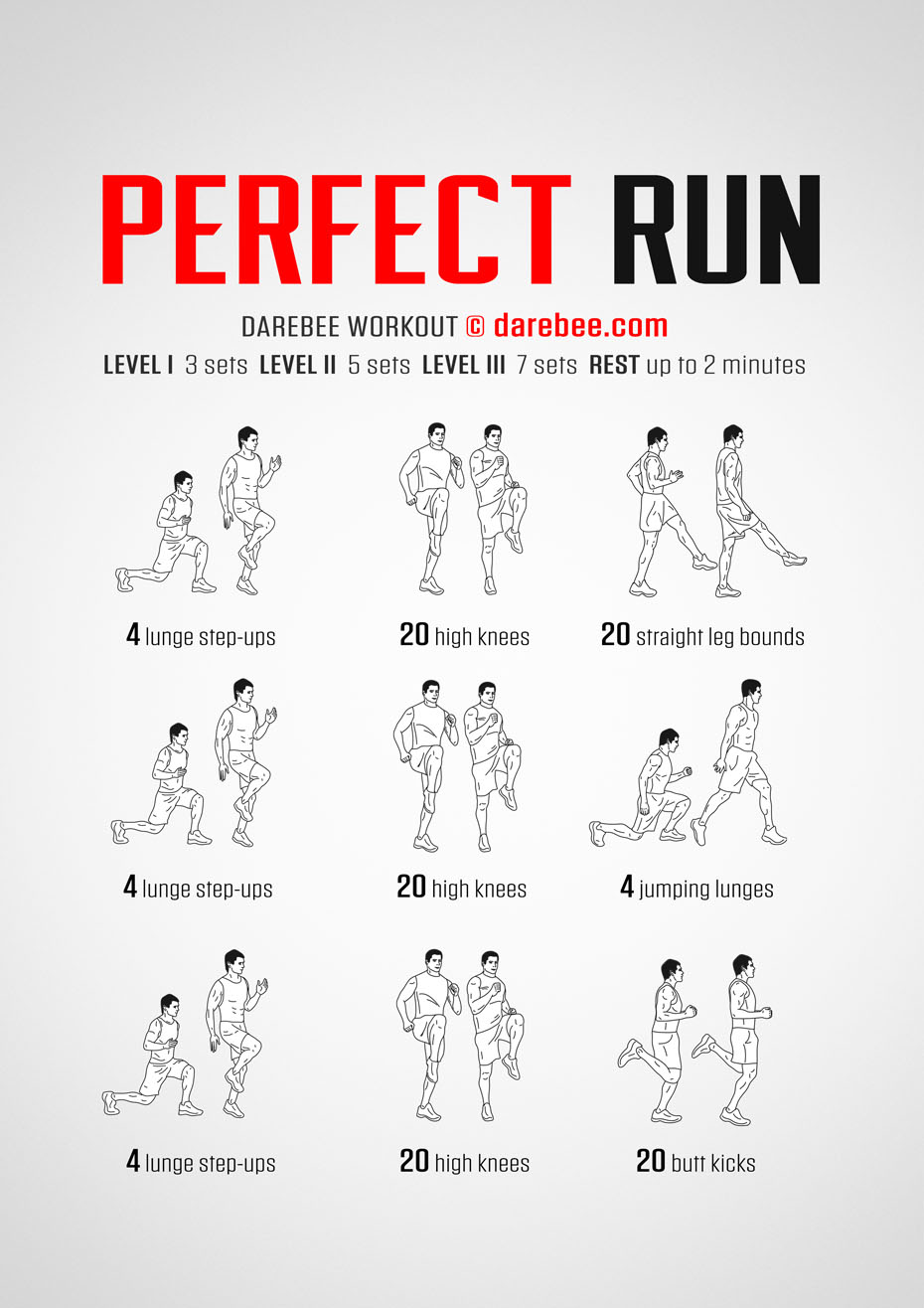Master Your Running Workout: Effective Strategies for Success
Conquering Discomfort in Running: Techniques and Strategies That Job
Pain is a typical friend for lots of joggers, often working as an obstacle to accomplishing their desired objectives. With the best strategies and methods, it is possible to overcome and even prevent the discomfort associated with running. By checking out numerous methods such as comprehending the various sorts of running pain, maximizing shoes and type, integrating cross-training and strength workouts, applying efficient healing approaches, and maintaining correct nutrition and hydration, joggers can potentially relieve their pain and improve their total running experience.
Comprehending Various Types of Running Discomfort

One more kind of running discomfort is joint pain, which can manifest as a sharp or achy pain in locations such as the knees, hips, or ankle joints (running workout). Joint pain may be triggered by aspects like inappropriate running form, overuse, or underlying conditions like arthritis (more info here). It is crucial to differentiate between muscular tissue pain and joint discomfort, as the latter may call for clinical focus to stop further injury
Comprehending the different types of running pain is essential for efficient administration and prevention methods to ensure a safe and enjoyable running experience.
Correct Footwear and Running Type
To enhance performance and reduce the threat of running-related injuries, picking suitable shoes and preserving proper running kind are necessary components for joggers of all levels. Correct shoes plays a crucial function in providing assistance, cushioning, stability, and security for the feet and lower arm or legs. It is recommended to pick running footwear that are specifically made for the individual's foot type, running gait, and the kind of running activity they take part in. Getting suitabled for footwear at a specialty running shop can help make certain the best fit and assistance.

Cross-Training and Strength Exercises
Engaging in cross-training and including stamina workouts right into a running routine can significantly boost overall efficiency and minimize the likelihood of injuries. Cross-training, such as biking or swimming, helps enhance cardiovascular fitness while offering running muscles a break from recurring impact. It additionally helps strengthen different muscular tissue groups, bring about better overall body conditioning. Strength exercises, like squats, lunges, and core exercises, play an important duty in supporting muscular tissues and improving running performance. They can remedy muscular tissue discrepancies, boost dexterity, and increase power outcome, every one of which are important for running efficiency.
Integrating cross-training and toughness workouts right into a running program needs to be done strategically. It is very important to enable for ample remainder in between running sessions and cross-training tasks to avoid overuse injuries. Additionally, concentrating on proper form and technique during strength workouts is crucial to optimizing their advantages and lowering the threat of injury. By including these components right into a running regimen, joggers can develop a stronger foundation, improve efficiency, and appreciate an extra sustainable running experience.
Recuperation and Rest Strategies
Having actually established the importance of cross-training and toughness workouts in an extensive running routine, focus can now be directed in the direction of Healing and Relax Methods as essential components for maximizing performance and reducing the threat of injuries. (running workout)
Recovery after running straight from the source is crucial for muscular tissue repair service and growth. Methods such as foam rolling, stretching, and massage therapy help in minimizing muscle mass pain and enhancing adaptability. Appropriate remainder between runs permits the body to recuperate and adapt to the physical stress and anxiety, stopping overuse injuries.
Incorporating active recuperation days into a training timetable, where low-intensity activities like walking or biking are performed, can improve blood flow and promote healing without placing excess strain on the muscle mass. In addition, proper hydration and nutrition play a crucial role in the recovery process by restoring lost fluids and nutrients.
Quality sleep is one more essential aspect of healing that need to not be overlooked. During sleep, the body goes through fixing and regeneration processes, contributing to general physical and psychological health. By focusing on recovery and rest techniques, runners can preserve ideal efficiency degrees and lower the likelihood of experiencing pain or injuries.
Nutrition and Hydration for Runners
Exactly how can runners enhance their efficiency with correct nourishment and hydration techniques? Nourishment and hydration are essential aspects of a jogger's training regimen, playing an important function in efficiency, endurance, and healing. To improve performance, runners should focus on consuming a well-balanced diet that consists of carbs, healthy proteins, healthy and balanced fats, vitamins, and minerals. Carbohydrates supply power for running, while proteins aid in muscle repair and healing. Healthy and balanced fats sustain general health and help in soaking up crucial nutrients. Appropriate hydration is likewise necessary to keep optimal performance, as also moderate dehydration can negatively impact running efficiency. Runners should consume alcohol water before, during, and after their go to stay hydrated. Electrolytes, such as salt and potassium, are likewise crucial for maintaining liquid balance and muscular tissue feature - running workout. Furthermore, timing meals and snacks suitably before runs can assist stop intestinal pain and supply the required power for peak performance. By taking notice of their nourishment and hydration, joggers can enhance their endurance, speed up healing, and perform at their finest.
Final Thought
Finally, by comprehending the numerous sorts of running pain, using correct shoes, maintaining appropriate running type, including cross-training and toughness exercises, prioritizing healing and remainder, and concentrating on nourishment and hydration, joggers can effectively get rid of discomfort and boost their efficiency. Applying these strategies and techniques can assist runners stop injuries, improve their endurance, and inevitably appreciate an extra meeting running experience.